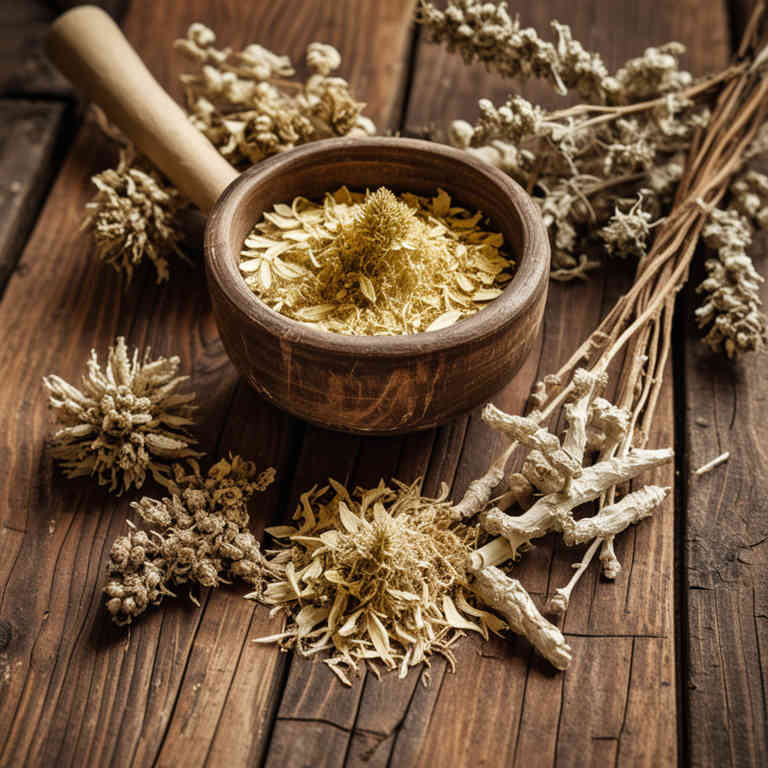Cimicifuga racemosa decoction for medicinal use

Cimicifuga racemosa decoction is a traditional herbal preparation made by boiling the roots of the black cohosh plant.
It has been used for centuries in herbal medicine, particularly for its potential benefits in managing menopausal symptoms such as hot flashes and mood swings. This decoction is often prepared by simmering the dried roots in water for an extended period to extract its active compounds. In herbalism, it is valued for its adaptogenic properties and is sometimes used to support hormonal balance.
However, it should be used with caution and under the guidance of a qualified practitioner due to potential side effects and interactions.
Uses
Cimicifuga racemosa decoction has been used to treat menopausal symptoms, particularly hot flashes and mood swings, for centuries.
Historically, it was valued by Native American tribes for its purported ability to strengthen the body and improve circulation. In traditional Chinese medicine, it was used to balance the body's energy and support women's health. Modern herbal medicine continues to utilize this preparation for its phytoestrogen content, which may help alleviate hormonal imbalances.
However, its use requires careful consideration due to potential side effects and interactions with other medications.
Benefits
Cimicifuga racemosa decoction has health benefits such as alleviating menopausal symptoms, improving mood, and supporting joint health.
It is traditionally used to address hormonal imbalances, particularly in women experiencing menopause. The decoction may help reduce hot flashes, night sweats, and emotional disturbances associated with hormonal changes. It also possesses anti-inflammatory properties that may aid in conditions like arthritis.
However, it should be used under the guidance of a healthcare professional due to potential interactions and side effects.
Constituents
Cimicifuga racemosa decoction active constituents include compounds such as triterpene glycosides, isoflavones, and volatile oils.
These compounds are believed to contribute to the decoction's traditional use in supporting hormonal balance and alleviating menopausal symptoms. The triterpene glycosides may help regulate estrogen activity, while isoflavones possess phytoestrogen-like properties. Volatile oils may provide additional anti-inflammatory and soothing effects.
This herbal preparation is often used for its potential to support women's health, particularly during peri- and post-menopause.
Preparation
To make Cimicifuga racemosa decoction, begin by selecting fresh or dried roots of the plant, ensuring they are properly identified to avoid confusion with toxic look-alikes.
Wash the roots thoroughly and cut them into small pieces to increase surface area for better extraction. Place the root pieces in a pot and add about 2 cups of water, bringing the mixture to a boil. Reduce the heat and let it simmer for 20 to 30 minutes, then strain the liquid through a fine mesh or cheesecloth to remove the plant material.
The resulting decoction can be taken as directed by a qualified herbalist, typically in small doses throughout the day.
Side Effects
Cimicifuga racemosa decoction may lead to gastrointestinal discomfort, including nausea, vomiting, and diarrhea.
It can also cause headaches, dizziness, and insomnia in some individuals. Prolonged use may result in liver toxicity or hormonal imbalances due to its phytoestrogen content. There is also a risk of interactions with medications, particularly those affecting the cardiovascular or central nervous systems.
Individuals with a history of hormone-sensitive conditions should use this preparation with caution.